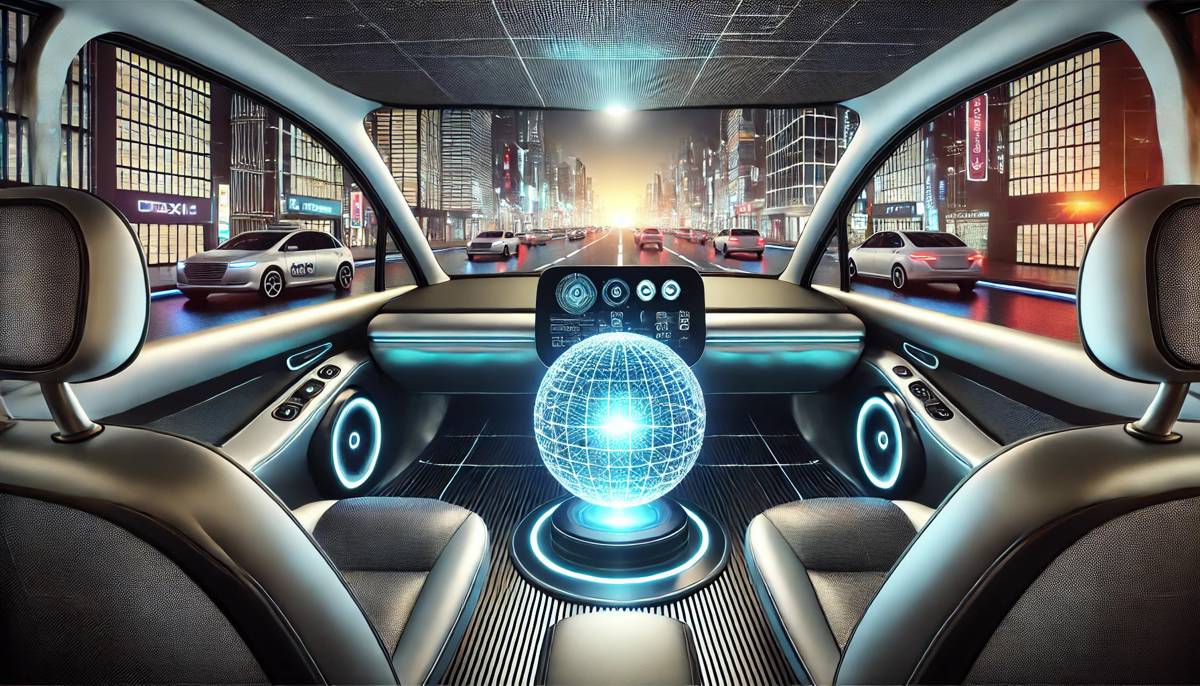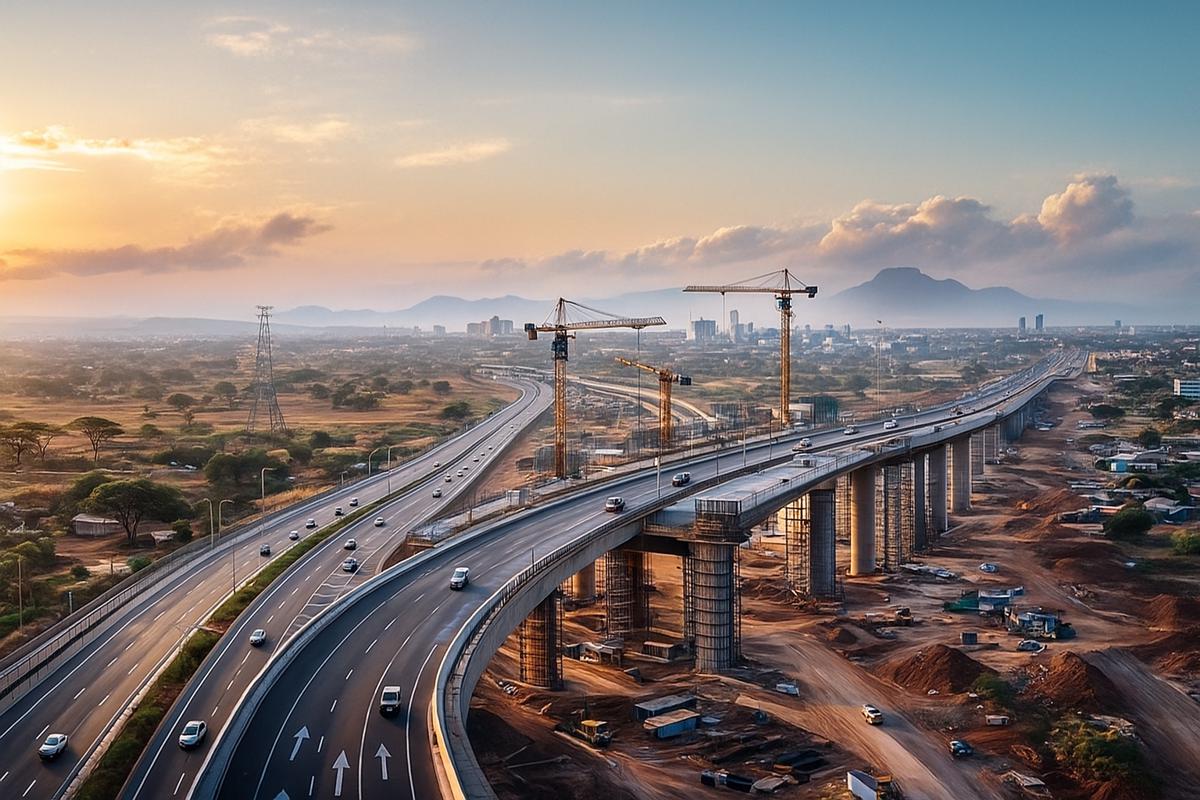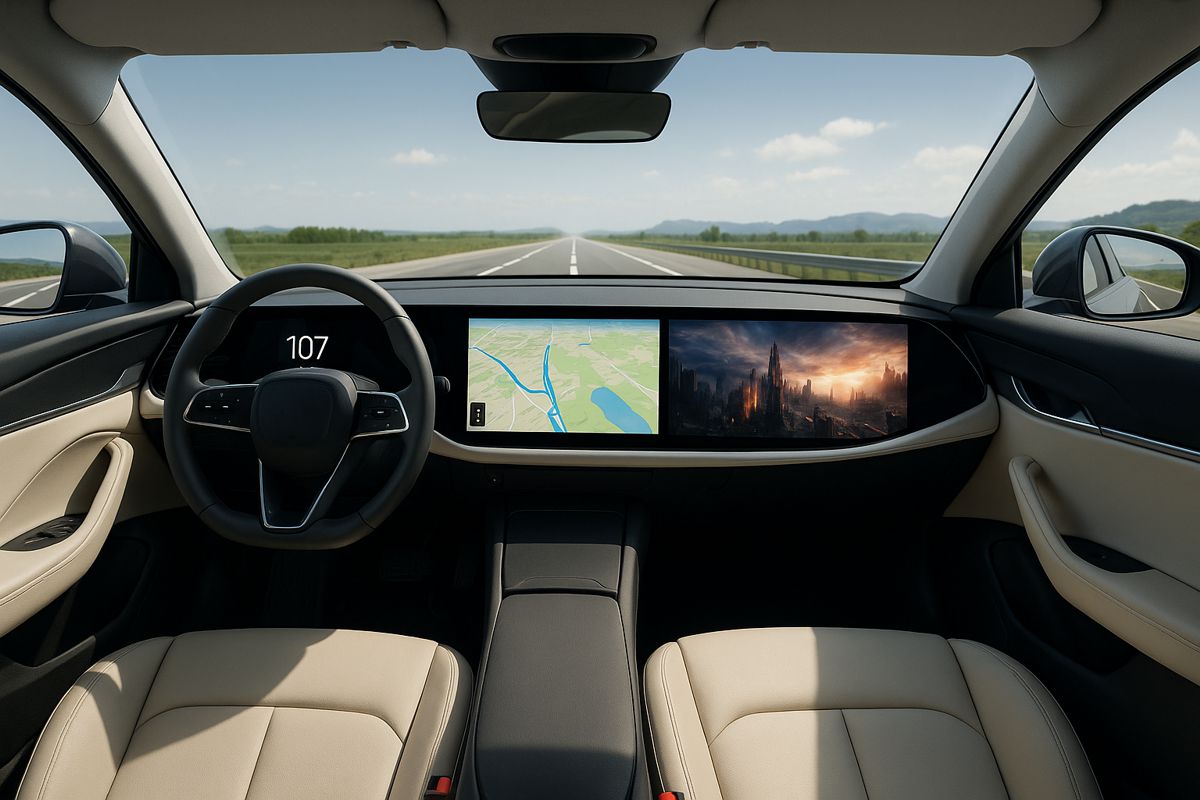Nuro Driver Licensing bringing Autonomous Transportation Closer to Reality
Nuro’s latest move could set the wheels in motion for a faster, more widespread adoption of autonomous driving technology. In an industry where time is money, Nuro’s decision to license its Nuro Driver autonomous driving system directly to automakers and mobility providers might just be the game-changer the transportation sector has been waiting for.
Built on NVIDIA’s robust DRIVE architecture, the Nuro Driver is more than just a clever bit of tech—it’s a bold step toward an autonomous future that feels closer than ever.
Revolutionising Autonomy with NVIDIA DRIVE
Nuro’s approach to autonomy isn’t just about getting from A to B without a human at the wheel; it’s about doing so safely, efficiently, and reliably. At the heart of the Nuro Driver system lies NVIDIA DRIVE Thor, a powerhouse computer running on NVIDIA DriveOS, a specialised operating system designed to meet the rigorous safety standards required for autonomous vehicles.
NVIDIA’s Blackwell architecture, built to handle heavy AI workloads like transformer models and generative AI, underpins this platform, providing the computing muscle needed to manage everything from sensor processing to the critical safety features that keep the vehicle—and those around it—safe.
In the words of Rishi Dhall, Vice President of Automotive at NVIDIA: “Built with NVIDIA’s end-to-end safety AV architecture, the Nuro Driver can integrate sensor processing and other safety-critical capabilities, along with AI-driven autonomy, into a single, centralized computing system. This enables the reliability and performance needed for safe deployment of autonomous vehicles at scale.”
It’s a system that’s not only proven itself through rigorous testing but has clocked over a million autonomous miles without a single at-fault incident. That’s no small feat in a landscape where safety is king.
Opening the Gates for Automakers
Nuro’s licensing strategy isn’t just about handing over the keys to its tech; it’s about accelerating the entire industry’s journey toward autonomous driving. By offering automakers access to a ready-made, road-tested platform, Nuro is removing one of the biggest barriers to entry—development time.
For car manufacturers and mobility providers, the appeal is obvious. Rather than spending years and millions of dollars developing their own systems, they can leverage Nuro’s expertise and proven technology to get autonomous vehicles on the road faster. It’s a classic win-win situation.
Jiajun Zhu, Nuro’s co-founder and CEO, captured the essence of this shift, saying:, “It’s not a question of if, but when L4 autonomy will become widespread. We believe Nuro is positioned to be a major contributor to this autonomous future where people and goods mobility are free-flowing, representing a significant increase in the quality of life for everyone.”
Real-World Testing and Safety Enhancements
Nuro’s tech isn’t just being put through its paces in controlled environments; it’s out on the streets, facing real-world conditions. This summer, the California Department of Motor Vehicles gave Nuro the green light to test its driverless vehicles across four cities in the San Francisco Bay Area—Los Altos, Menlo Park, Mountain View, and Palo Alto.
These tests aren’t limited to ideal weather; Nuro’s vehicles are allowed to operate day or night, and even in light rain and moderate fog. It’s this kind of robust testing that’s crucial in proving that autonomous systems can handle the unpredictable nature of urban environments.
Moreover, Nuro has incorporated additional safety features into its next-generation vehicles, including microphones for siren detection and advanced systems to keep sensors clear of dirt and debris. These enhancements are part of Nuro’s ongoing commitment to not just meeting but exceeding safety expectations.
Benefits for the Industry: Accelerating the Autonomous Era
By opening up its technology to other companies, Nuro is playing a pivotal role in shaping the future of mobility. For automakers, this licensing model offers a fast track to autonomy without the need to build from scratch. It’s not just about cars, either—Nuro’s system is designed to be adaptable across a range of vehicle types, from delivery vans to ride-hailing fleets.
The implications:
- Faster Development Cycles: Automakers can cut years off their development timelines by integrating Nuro’s already proven system.
- Cost Efficiency: Reducing the need for extensive R&D means lower costs, which can translate into more affordable autonomous vehicles for consumers.
- Safety First: A road-tested system like Nuro’s brings peace of mind, knowing that it’s been fine-tuned in real-world conditions.
Nuro’s presence isn’t limited to California either. Commercial testing is underway in Houston, where Nuro is trialling delivery services, further proving the versatility and reliability of its platform.
A Roadmap to the Future
The shift towards autonomous vehicles isn’t just about the technology; it’s about the infrastructure, regulations, and public acceptance that go along with it. Nuro’s licensing model addresses one of the major roadblocks—how to get the technology into the hands of those who need it most.
By positioning itself as a technology provider rather than just a vehicle manufacturer, Nuro is paving the way for a collaborative approach to autonomy, where manufacturers can focus on what they do best—building cars—while relying on Nuro’s expertise to handle the complex world of AI-driven vehicle control.
The Road Ahead: Ready to Roll
Nuro’s strategy is simple but effective: accelerate the adoption of autonomous technology by making it accessible to those who can deploy it at scale. With its robust NVIDIA-powered system, proven safety record, and strategic approach to licensing, Nuro isn’t just a player in the autonomous vehicle space—it’s helping to write the rulebook.
As the industry gears up for a driverless future, the impact of Nuro’s decisions today will ripple across the market. By lowering barriers and pushing the boundaries of what’s possible, Nuro is ensuring that when the autonomous revolution arrives, everyone will be ready to roll.




















